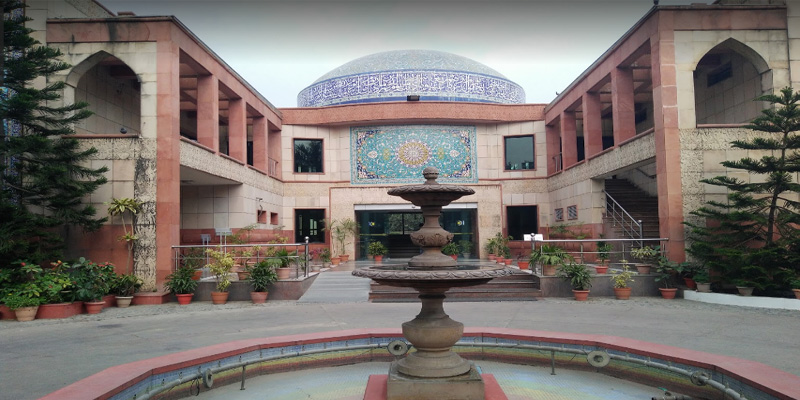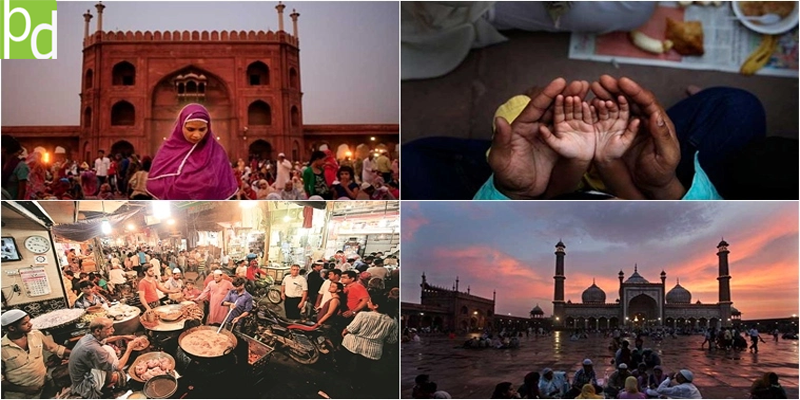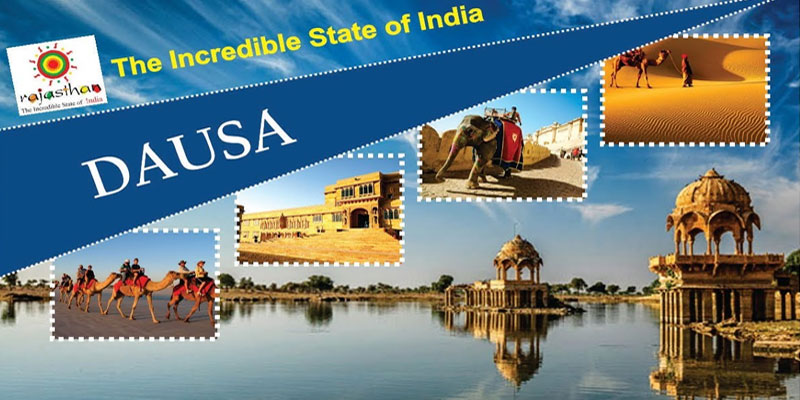With its bright turquoise dome, built with uneven materials like tiles inscribed with Quranic verses which were donated by the Iranian government, the Indian Islamic Cultural Centre stands out among the other phrase-worthy buildings on Lodhi Road.
“It’s exquisite, is one of its kind,” said Atif Wajhi, one of the managers at the Islamic centre of Delhi. “You will not see any other building like this here in this area of Delhi. It’s not just a structure, it means much more for the Muslim community,” he says.
- The history of the IICC Delhi, which was inaugurated in 2006, can be traced back to 1980, when the then Prime Minister Indira Gandhi gave land amounting to approx. 8000 meters to IICC at Lodhi Road, New Delhi to a group of Muslim elites who wanted to build an Islamic centre.
- The same year was also marked the 1400th year of Prophet Muhammad’s life and the group wanted to construct a structure to commemorate him. Hakim Abdul Hamid, founder of Hamdard, gave Rs 20 lakh towards payment for the land. “The government didn’t give the land for free,” Wadood Sajid, media advisor at the centre, said.
The group wanted the centre to be open for the people of other religions as well and have a secular tone.
The chief purpose of Indian Islamic Cultural Centre is to boost mutual understanding, co-operation and peace amongst the people of this country from different verses of religion and to depict the true face of Islam to all. The teachings of Islam say to be tolerant, liberal, progressive, rational and forward-looking religion besides being based on cardinal principles of human values irrespective of faith, caste, creed and color.
The IICC also facilitates an assembly hall where many versatile scholars from all fields can interact with each other to talk and promote brotherhood, friendship, harmony and amity amongst cross cultural and religious groups of India and to strive for a peaceful co-existence.
You can also read: The Surreal Beauty and Serenity of Gurdwara Bangla Sahib




